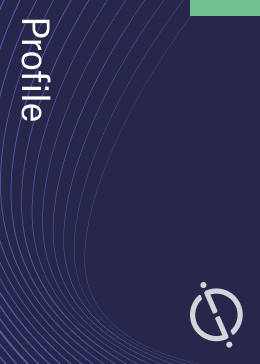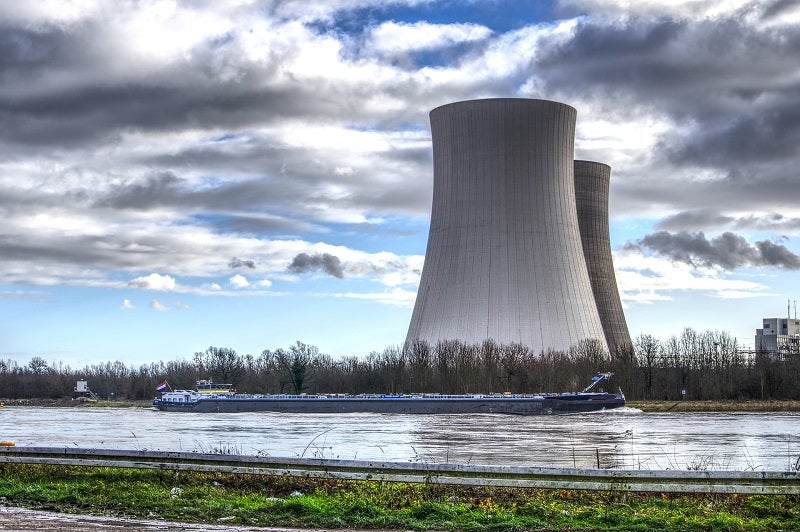Artistic II is a 57.4MW hydro power project. It is planned on Ushu river/basin in Khyber Pakhtunkhwa, Pakistan. According to GlobalData, who tracks and profiles over 170,000 power plants worldwide, the project is currently at the permitting stage. It will be developed in multiple phases. The project construction is likely to commence in 2047 and is expected to enter into commercial operation in 2049. Buy the profile here.
Description
The project is being developed by Artistic Hydro II and is currently owned by Artistic Milliners.
The penstock length will be 340.79m. The penstock diameter will be 2.8m. The project is expected to generate 213 GWh of electricity.
Artistic II (Unit-1 and Unit -2) consists of 2 units of francis turbines with 23.9MW nameplate capacity.
Artistic II (Unit-3) consists of 1 unit of francis turbine with 9.6MW nameplate capacity.
The hydro power project consists of 2 generators each with 30 MVA nameplate capacity and one generator each with 12 MVA nameplate capacity respectively.
Development status
The project construction is expected to commence from 2047. Subsequent to that it will enter into commercial operation by 2049.
Power purchase agreement
The power generated from the project will be sold to Central Power Purchasing Agency under a power purchase agreement.
See Also:
For more details on Artistic II, buy the profile here.
About Artistic Hydro II
Artistic Hydro II Pvt Ltd (Artistic Hydro II)specializes in power and electricity generation, transmission, supplying, production, and distribution services. The company is headquartered in Pakistan.
Premium Insights
From

The gold standard of business intelligence.
Blending expert knowledge with cutting-edge technology, GlobalData’s unrivalled proprietary data will enable you to decode what’s happening in your market. You can make better informed decisions and gain a future-proof advantage over your competitors.




